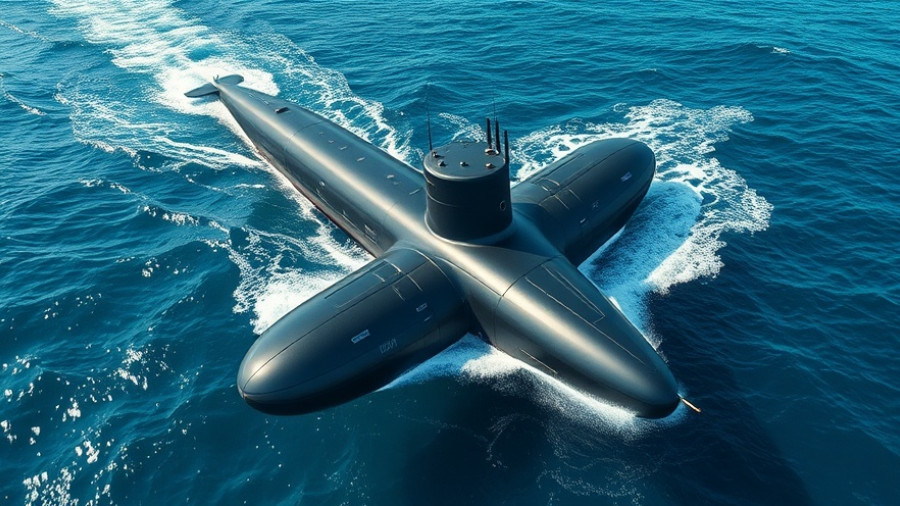
What Does the Royal Netherlands Navy's Purchase of V-BAT Mean?
The Royal Netherlands Navy recently announced a significant collaboration with Shield AI to procure the V-BAT, a state-of-the-art vertical takeoff and landing (VTOL) drone. But what does this procurement mean for the future of naval operations and defense technology? With the ever-evolving landscape of maritime security, the integration of innovative technologies like V-BAT positions the Netherlands at the forefront of modern naval capabilities. This initiative not only boosts operational effectiveness but also enhances surveillance and reconnaissance missions.
Historical Context: The Growth of Drone Technology in Defense
The use of unmanned aerial vehicles (UAVs) in military and maritime applications has exploded over the past two decades. Initially, drones were largely used for surveillance; however, advancements have transitioned them into multi-role platforms capable of carrying out logistics, intelligence gathering, and even offensive operations. The inclusion of the V-BAT marks a significant evolution in how navies globally perceive aerial technology as an integral part of their defense strategy.
Current Context: Why Is This Relevant Now?
As geopolitical tensions rise and new threats emerge, countries like the Netherlands are acknowledging the importance of upgrading their naval fleets with advanced technology. The purchase comes at a pivotal moment, where innovative defense strategies can provide a strategic advantage. Moreover, with NATO's focus on collective defense, the Netherlands' adoption of the V-BAT may serve to bolster alliance strength in northern Europe.
V-BAT: Innovation in Action
The V-BAT represents a breakthrough in maritime drone technology. Its capability to operate in diverse environments, including land and sea, positions it as a flexible asset for naval operations. This drone can also be deployed quickly and effectively, ensuring that the Royal Netherlands Navy can respond to threats in real-time. Shield AI’s commitment to continuous innovation ensures that V-BAT will evolve alongside emerging threats, keeping naval forces adaptable and prepared.
Potential Advantages for Naval Operations
One significant advantage of utilizing the V-BAT is its ability to provide aerial support in areas that might be too risky or inaccessible for manned aircraft. This not only enhances situational awareness but also allows for safer operations in hostile or unpredictable environments. The intelligence gathered from missions can lead to informed decision-making, enhancing mission outcomes and operational safety.
Looking Ahead: Future Trends in Naval Technology
The procurement of the V-BAT signifies a shift towards embracing autonomous systems in naval operations. As militaries observe the successful implementation of UAVs in other applications, it’s likely that we will see a more significant push for drone utilization, including swarms of UAVs coordinating operations. This could lead to transformational changes in naval strategy and tactics that will redefine the nature of maritime warfare.
Why Should We Care? The Importance of Technological Adaptation
This transition to advanced technologies is not solely a military concern. It holds profound implications for defense contractors, technology innovators, and international security relationships. As nations invest in new capabilities, it’s essential for the public and stakeholders alike to understand these advances' value and impact on global security and peace.
In conclusion, the Royal Netherlands Navy's decision to incorporate the V-BAT is a compelling example of how defense forces are leveraging technological advancements to mitigate risks and improve performance. Improved operational capabilities encourage a proactive approach to emerging threats, ensuring that naval forces are not only responding but anticipating future needs.
 Add Row
Add Row  Add
Add 




Write A Comment